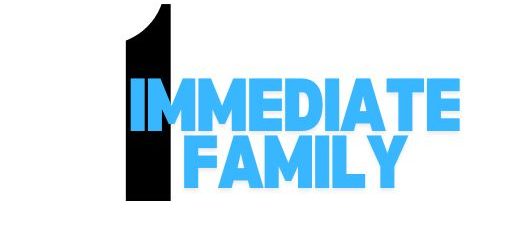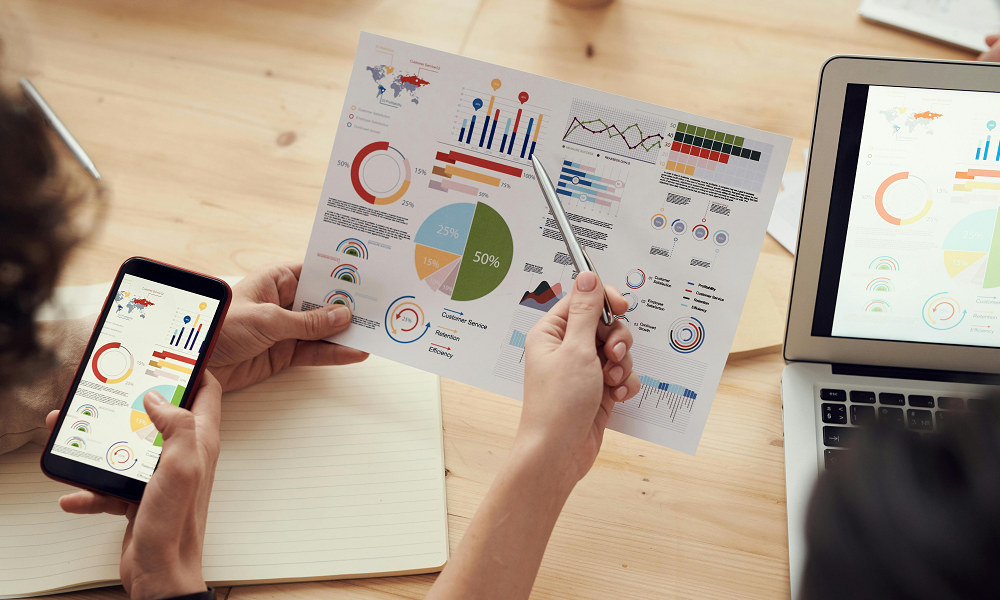How prepared are you for the financial curveballs your business will face next month?
What if you could look ahead, predict your cash flow, understand the risks around the corner, and plan for growth with confidence?
For many businesses, this feels like wishful thinking. However, the right financial forecasting tools turn uncertainty into clarity.
The financial projection tool by Cash Flow Frog gives companies the clarity to predict, plan, and prepare for the future. They go beyond numbers, offering the insights to make confident decisions and stay ahead.
Whether you’re a startup figuring out payroll for the next quarter or an established enterprise navigating unpredictable markets, having a clear financial roadmap is critical. Here’s why modern forecasting tools answer those most important questions and, most importantly, are indispensable for every business, big or small.
What is a Financial Projection Tool, and Why Does It Matter?
Financial forecasting tools analyze historical data, existing trends, and possible scenarios to accurately predict future economic performance. How will revenue look in a year? “Do we have enough money if something unexpected crops up?”
Many companies still rely on static spreadsheets. Spreadsheets lack the complexity, speed, and automation needed for real-time financial analysis.
That’s where modern financial forecasting software comes in. In mid-sized companies, 87% of CFOs are leading AI-powered forecasting initiatives, with over half using these tools for cash flow management and risk assessment.
Essential Questions a Financial Projection Tool Can Help Answer
1. What will our cash flow look like next quarter?
Financial forecasting tools analyze past revenue patterns to predict future inflows and outflows. For example, a retailer preparing for the holiday season might use a tool to anticipate whether additional staff costs will stretch their cash flow too thin.
2. How will changes in expenses affect profitability?
Advanced tools can model “what-if” scenarios. Adjust your marketing spend or factor in rising supply costs; you’ll see how those changes impact margins.
3. What’s the break-even point for our newest product?
Projection tools calculate the sales volume needed to offset development and production costs, ensuring pricing strategies are built on solid numbers, not guesswork.
4. How should we prepare for unexpected risks?
Financial tools provide stress-testing features to simulate worst-case scenarios. Whether it’s a market downturn or a supply chain disruption, these simulations help you proactively anticipate challenges and adjust strategies.
These tools take the guesswork out of planning, helping businesses confidently answer tough questions.
Why Should You Invest in a Financial Projection Tool?
Businesses investing in modern forecasting tools are seeing tangible benefits:
- Improved decision-making
With accurate forecasts, leaders can make informed choices about expansion, hiring, or cost-cutting. - Fewer costly mistakes
Automated tools reduce errors inherent in manual processes. Missteps like underestimating expenses or overstating revenue are minimized. - Time savings
By automating repetitive tasks like data entry, your team spends less time compiling spreadsheets and more time on strategy. - Adaptability in uncertain markets
Real-time insights allow businesses to pivot faster. If sales suddenly dip, you’ll see it reflected immediately so you can take corrective action sooner.
Businesses employing AI-enhanced forecasting tools see an existing error rate drop of about 30%.
How to Choose the Right Financial Projection Tool for Your Business

Selecting a financial tool is about finding one that fits your specific needs. Here’s what to look for:
Integration with existing systems
Choose tools that sync seamlessly with your accounting software, ERP, or CRM platforms.
Scalability
With your business growing, your financial forecasting requirements will change. The right tool should handle increasing data complexity without breaking down.
Scenario modeling and AI-driven insights
Modern tools like Cash Flow Frog offer predictive analytics to test different strategies, from launching a new product to cutting operating costs.
User-friendly design
A steep learning curve discourages adoption. Look for intuitive tools that your team can easily learn and use.
Businesses leveraging AI-powered forecasting tools saw a 40% increase in operational efficiency, demonstrating the value of modernizing financial workflows.
In Conclusion
Crunching numbers isn’t all there is to your financial forecasting software. It’s about working out what your business can achieve and must prepare for.
By using tools like Cash Flow Frog, historical data can be turned into insightful actions that help manage cash flow, mitigate risks, and optimize opportunities. Small startups and large corporations can benefit from a good forecasting tool because it offers you a full picture and lets you take action.
We’d love to hear from you!
Share your thoughts, experiences, or biggest challenges in the comments below. Let’s discuss how more innovative tools and strategies can lead to better outcomes.





